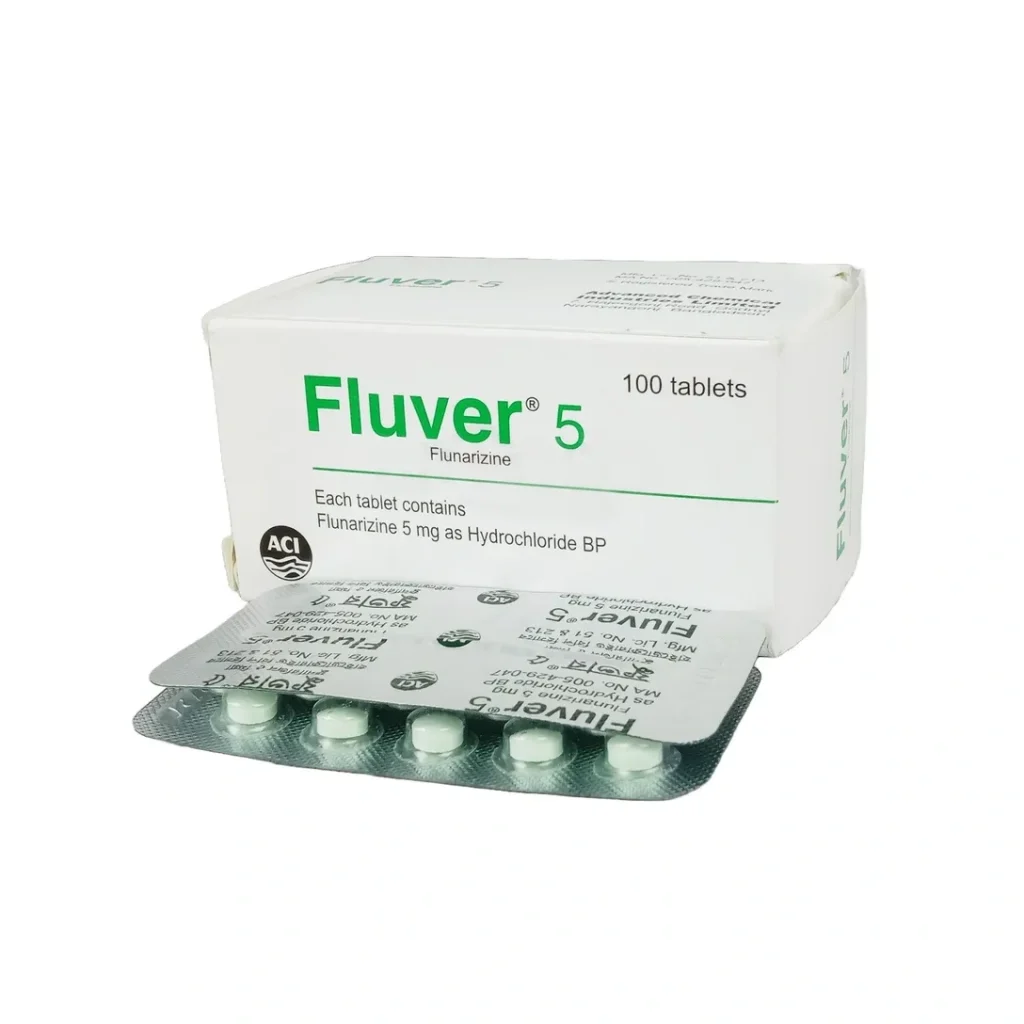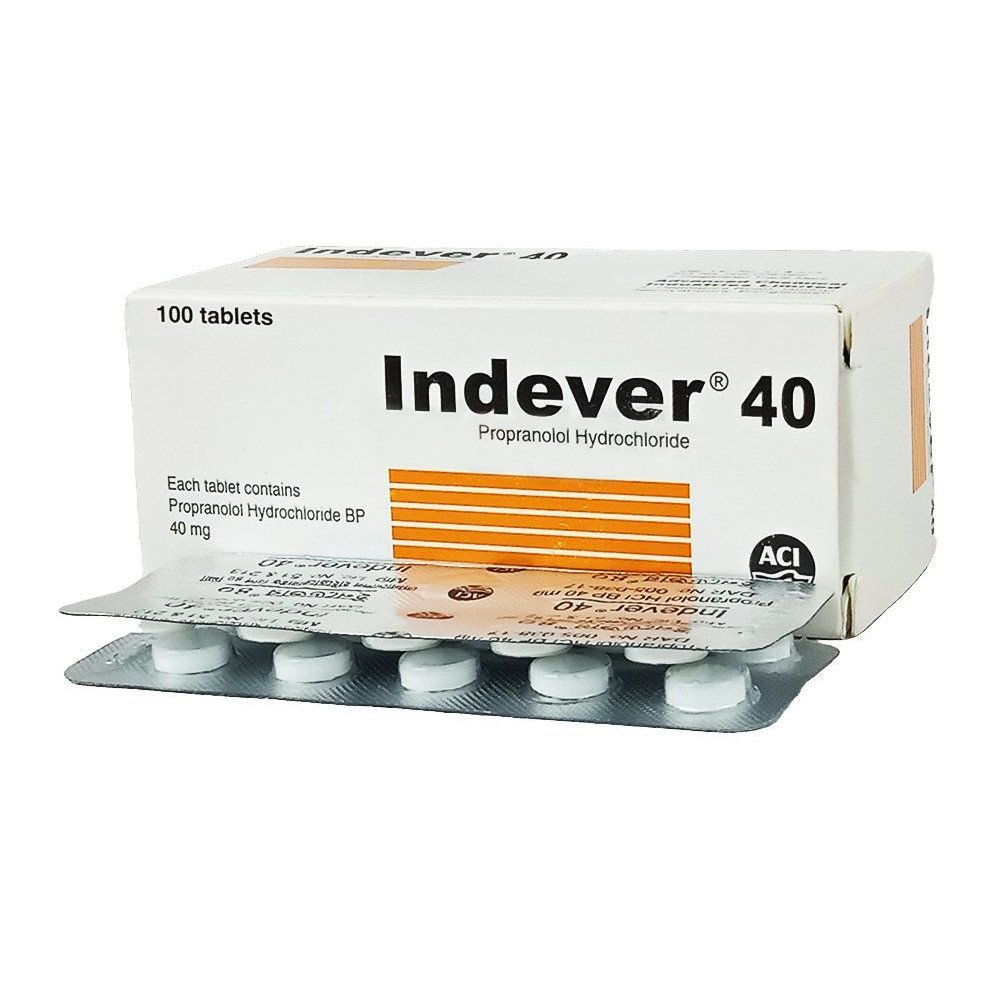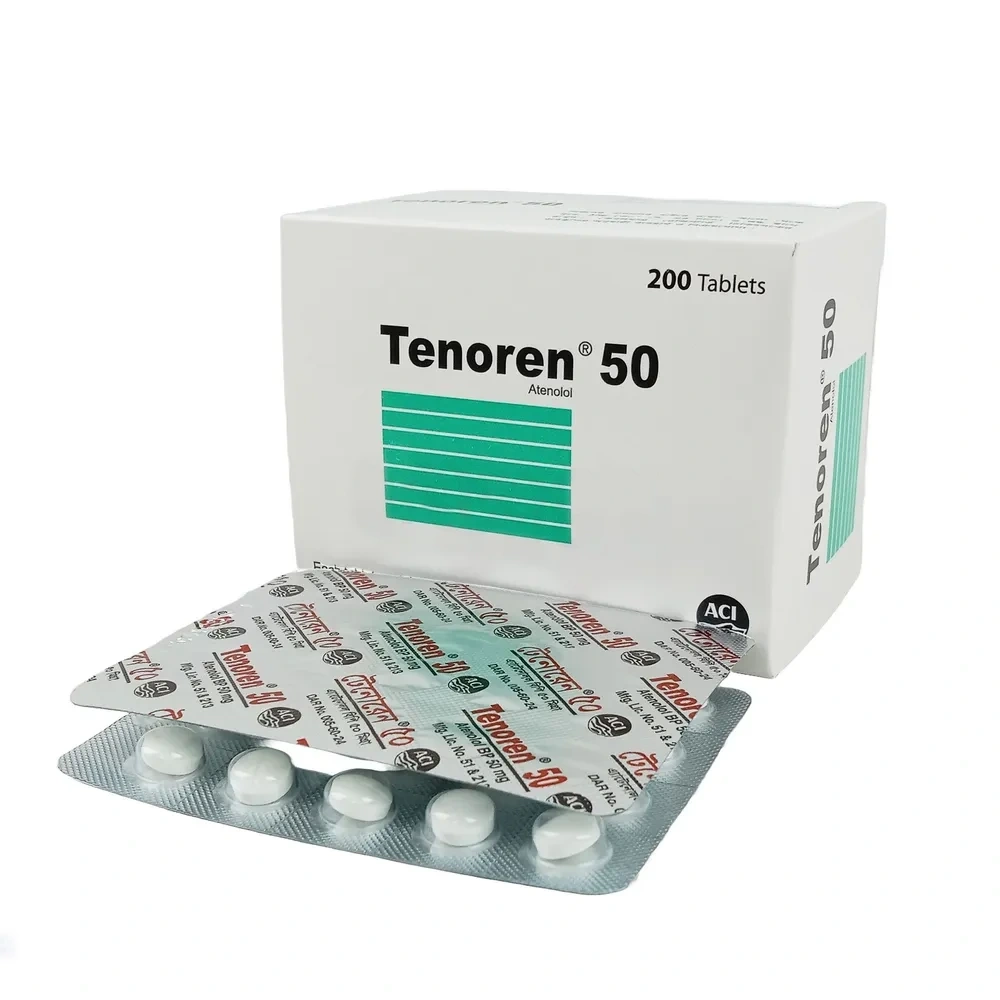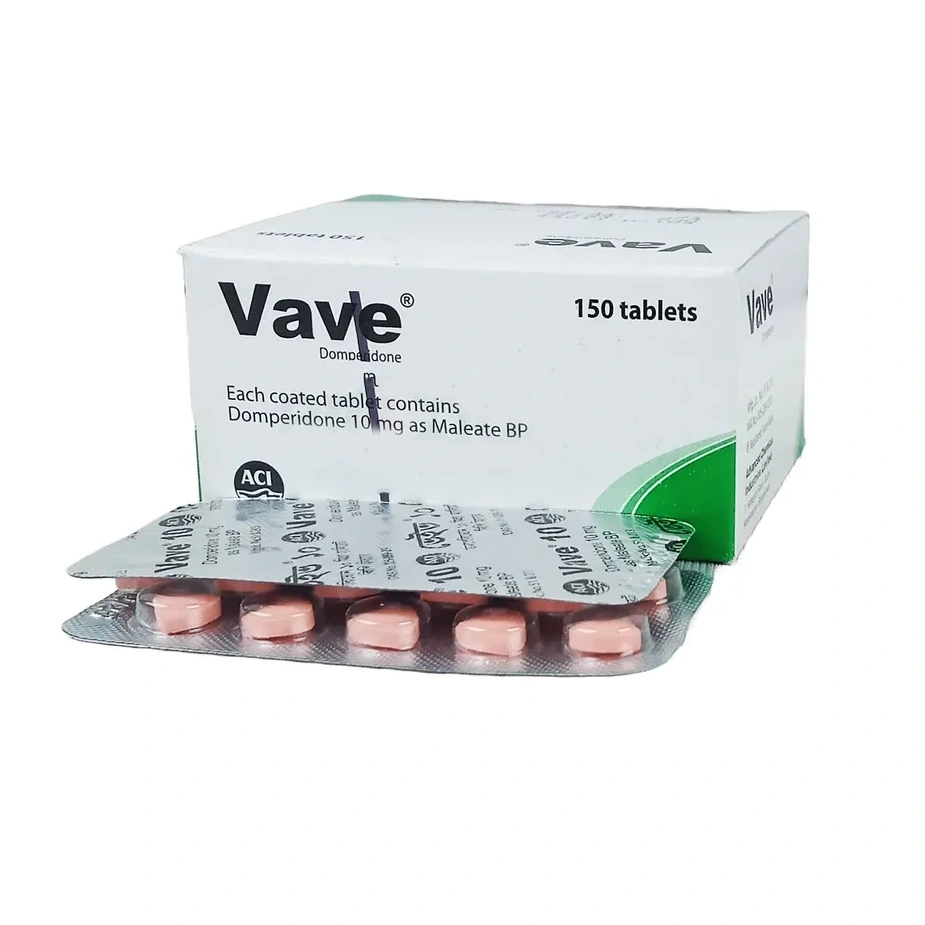Medicine Overview of Dolorex 100mg Capsule
Dolorex is a pain relieving medicine. It is used to manage persistent, moderate to severe chronic pain that requires continuous, around-the-clock treatment.
Dolorex is generally administered by a healthcare professional. You should not self-administer this medicine at home. The dose and duration will depend on what you are taking it for and how well it helps your symptoms.
The most common side effects of this medicine include injection site reactions (such as pain, redness, and swelling), headache, drowsiness, fatigue, vomiting, constipation, dry mouth, and sweating. If any of these side effects persist or get worse, you should let your doctor know. Your doctor may be able to suggest ways of preventing or reducing the symptoms.
Before using it, you should let your doctor know if you have problems with your heart, liver, or kidneys. Let your doctor also know about all the other medicines you are taking because they may affect, or be affected by, this medicine.
If you are pregnant or breastfeeding, it is important to ask the advice of your doctor before taking this medicine. Your doctor may also regularly monitor your kidney function, liver function, and levels of blood components if you are taking this medicine for long-term treatment.
- Moderate to severe pain
- Dizziness
- Sleepiness
- Vomiting
- Nausea
- Constipation
-
Use only for severe acute pain for not more than 5 days. Prolonged use may result in physical and psychological dependence even at recommended dosages. Avoid driving or using machinery if you feel dizzy after taking Dolorex. It is better to take with food to avoid an upset stomach. Your doctor may adjust your dose if you have liver or kidney disease.
Oral
Moderate to severe pain
Adult:
Immediate release
Chronic pain: 25 mg PO every morning initially; increased by 25-50 mg/day every 3 days up to 50-100 mg PO q4-6hr PRN; not to exceed 400 mg/day
Acute pain: 50-100 mg PO q4-6hr PRN; not to exceed 400 mg/day
Extended release
100 mg PO once daily initially; increased by 100 mg/day every 5 days; not to exceed 300 mg/day
Parenteral
Moderate to severe pain
Adult: IM/IV: 50-100 mg 4-6 hrly over 2-3 min.
Postoperative pain
Adult: Initially, 100 mg followed by 50 mg every 10-20 min if necessary, to a total of 250 mg in the 1st hr including initial dose. Thereafter, 50-100 mg 4-6 hrly up to a total daily dose of 600 mg.
Elderly: >75 yr Increase dosing interval.
Hepatic impairment: Severe: Immediate release, 50 mg PO q12hr; extended release not recommended
Moderate-to-Severe Pain
Immediate release
<17 years: Safety and efficacy not established
>17 years (acute): 50-100 mg PO q4-6hr PRN; not to exceed 400 mg/day
>17 years (chronic): 25 mg PO every morning initially; increased by 25-50 mg/day every 3 days as separate doses up to 50-100 mg PO q4-6hr PRN; not to exceed 400 mg/day
Extended release
<18 years: Safety and efficacy not established
Renal impairment:
CrCl (ml/min) Dosage Recommendation
10-30 Increase dosing interval to 12 hrly.
<10 Contraindicated.
Patients who suffer from emotional disturbance or depression, history of epilepsy or risk of seizure, head injury, increased intracranial pressure. Renal and hepatic impairment. Elderly. Pregnancy and lactation. Patient Counselling May impair ability to drive or operate machinery. Monitoring Parameters Monitor pain relief, resp rate, BP, pulse rate; signs of tolerance, abuse, or suicidal ideation.
Lactation: Drug excreted at high concentration in breast milk; not recommended
>10%
Constipation (24-46%),Nausea (24-40%),Dizziness (10-33%),Vertigo (26-33%),Headache (18-32%),Somnolence (7-25%),Vomiting (9-17%),Agitation (7-14%),Anxiety (7-14%),Emotional lability (7-14%),Euphoria (7-14%),Hallucinations (7-14%),Nervousness (7-14%),Spasticity (7-14%),Dyspepsia (5-13%),Asthenia (6-12%),Pruritus (8-11%)
1-10%
Diarrhea (5-10%),Dry mouth (5-10%),Sweating (6-9%),Hypertonia (1-5%),Malaise (1-5%),Menopausal symptoms (1-5%),Rash (1-5%),Urinary frequency (1-5%),Urinary retention (1-5%),Vasodilation (1-5%),Visual disturbance (1-5%)
<1%
Abnormal gait,Amnesia,Cognitive dysfunction,Depression,Difficulty in concentration,Dysphoria,Dysuria,Fatigue,Hallucinations,Menstrual disorder,Motor system weakness,Orthostatic hypotension,Paresthesia,Seizures,Suicidal tendencies,Syncope,Tachycardia,Tremor
Frequency Not Defined
Abnormal electrocardiogram (ECG),Angioedema,Bronchospasm,Flushing,Hypertension,Hypotension,Myocardial ischemia,Palpitation,Urticaria,Withdrawal syndrome
Potentially Fatal: Respiratory depression.
Increased risk of convulsions or serotonin syndrome w/ SSRI, serotonin-norepinephrine reuptake inhibitors (SNRI), TCA and other seizure threshold lowering drugs (e.g. bupropion, mirtazapine, tetrahydrocannabinol). Decreased serum concentrations w/ carbamazepine. May potentiate the anti-depressant effect of norepinephrine, 5-HT agonists or lithium. Increased INR and ecchymoses w/ coumarin derivatives (e.g. warfarin).
Potentially Fatal: Increased risk of seizure and serotonin syndrome w/ MAOIs.












